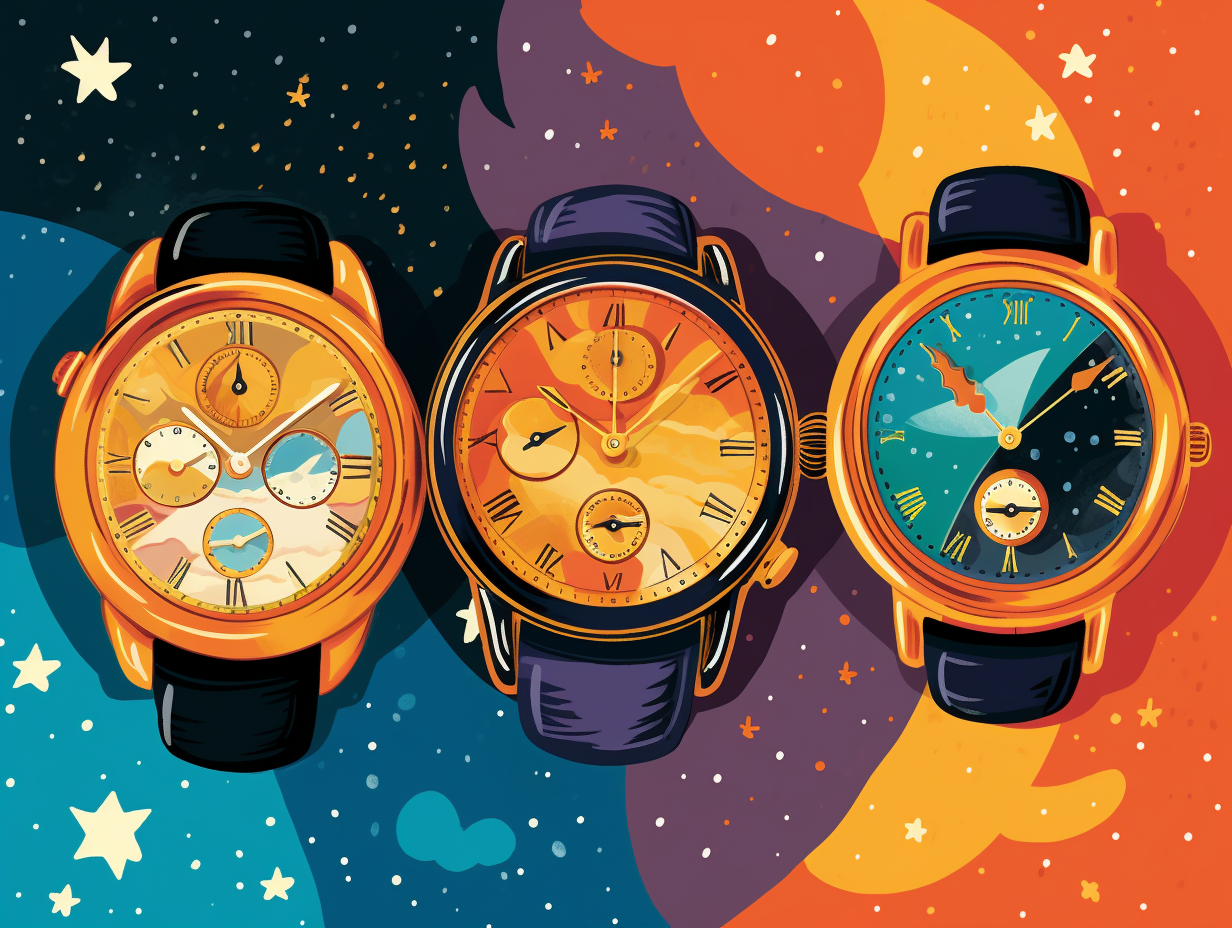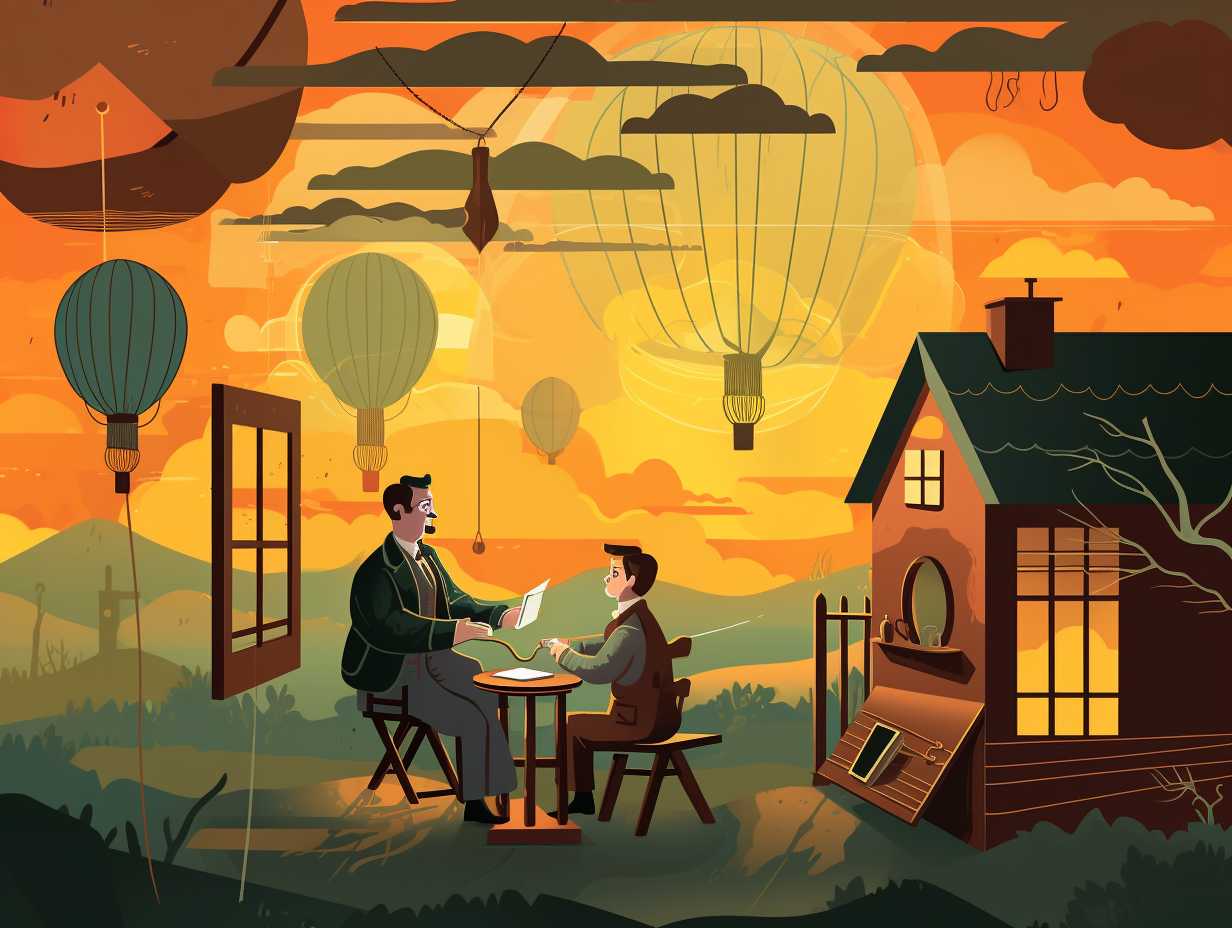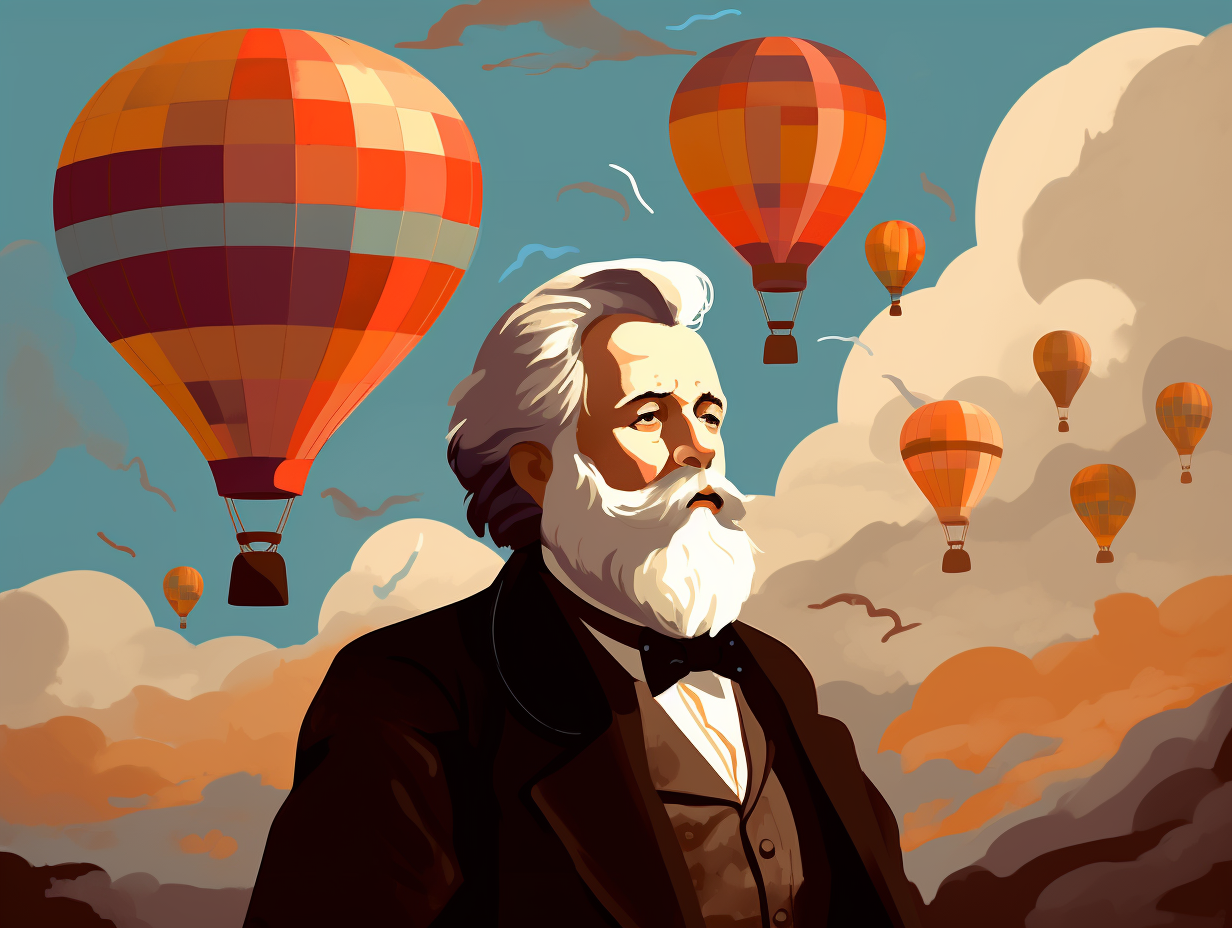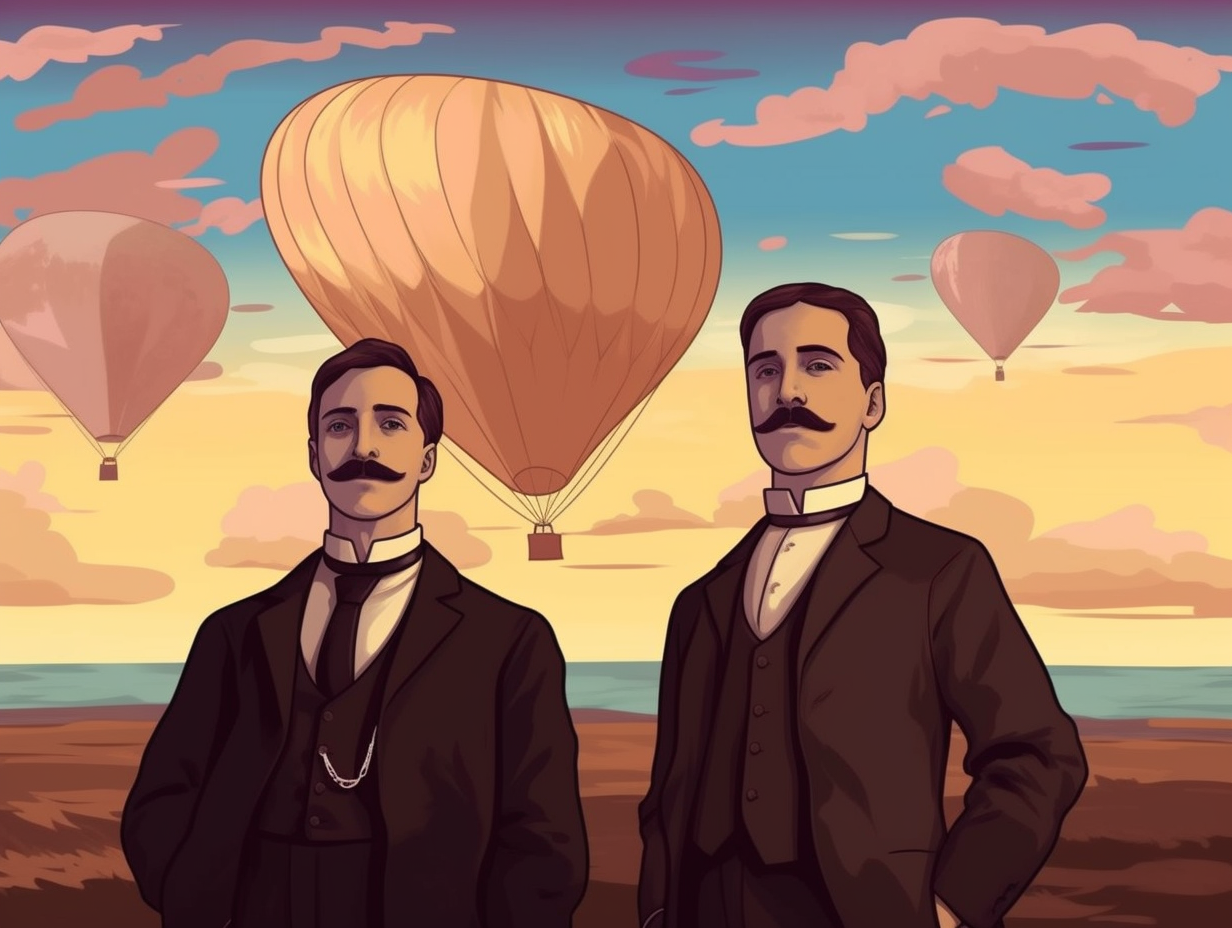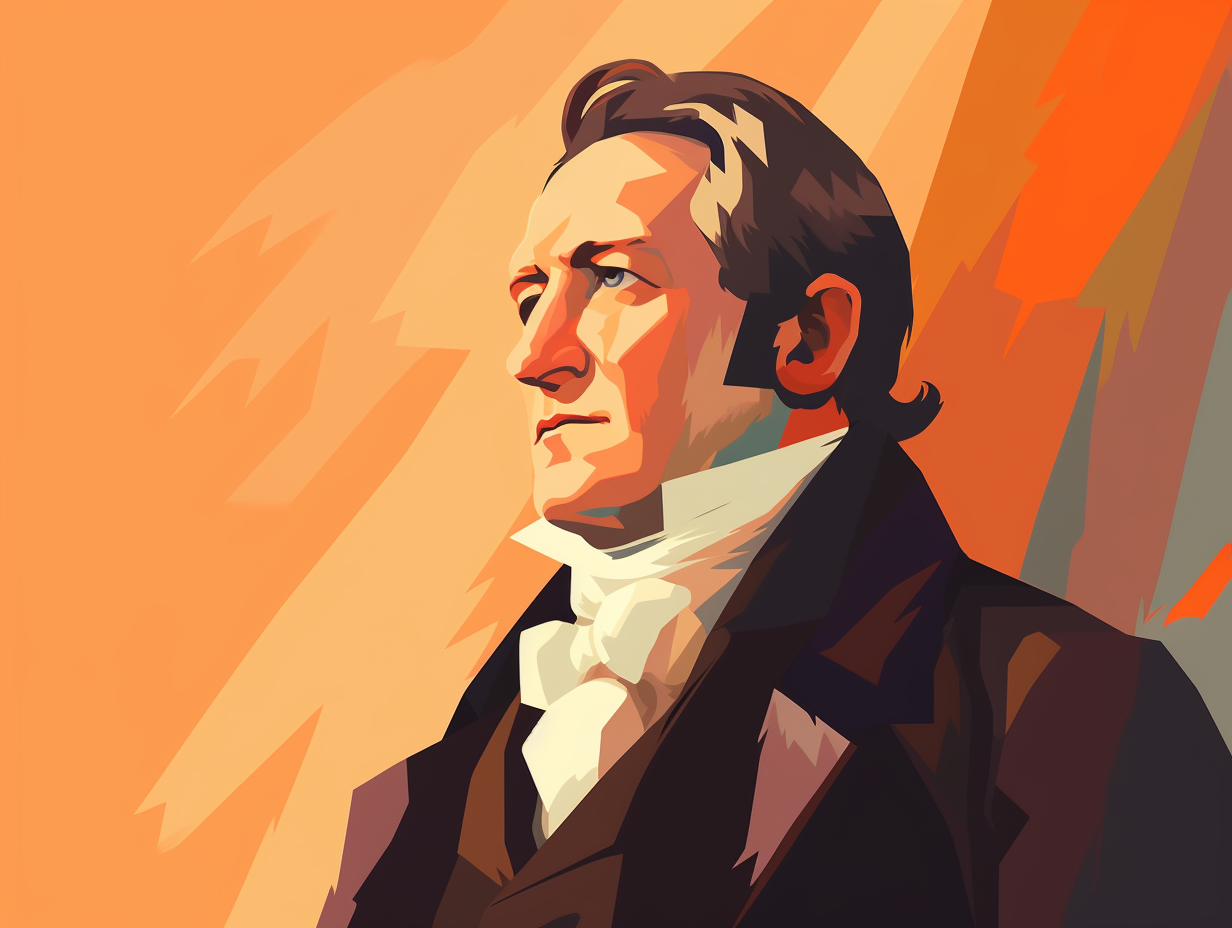Discover the Uncharted: Top 12 Entertaining and Enlightening Facts About the Compass

1. Viking Solar Compass
You think your smartphone's GPS is cool? The Vikings had their own version of a celestial GPS device way before Google Maps was even a glimmer in the internet's eye: Sunstones, a type of primitive solar compass rumored to have been used by these fierce sailors, relied on crystals like calcite, cordierite, and tourmaline to help them navigate the North Sea and North Atlantic. These nifty minerals would polarize and depolarize light, potentially allowing the Vikings to determine the sun's position even when it was hidden behind clouds or fog. Though the presence of storms, winds, currents, or nighttime drifting wasn't accounted for in their effectiveness, sunstones still remain an impressive pre-modern innovation that greatly aided navigation.
Source => smithsonianmag.com
2. Ancient Chinese Compass Real Estate
Before feng shui masters were busy telling you where to put your couch, and Jack Sparrow depended on his trusty compass to find his precious rum: the ancient Chinese were using lodestone compasses for divination, geomancy, and location scouting for real estate and agriculture! It wasn't until the 11th-century Song Dynasty that they acknowledged the compass's true calling – navigation on land and sea.
Source => en.wikipedia.org
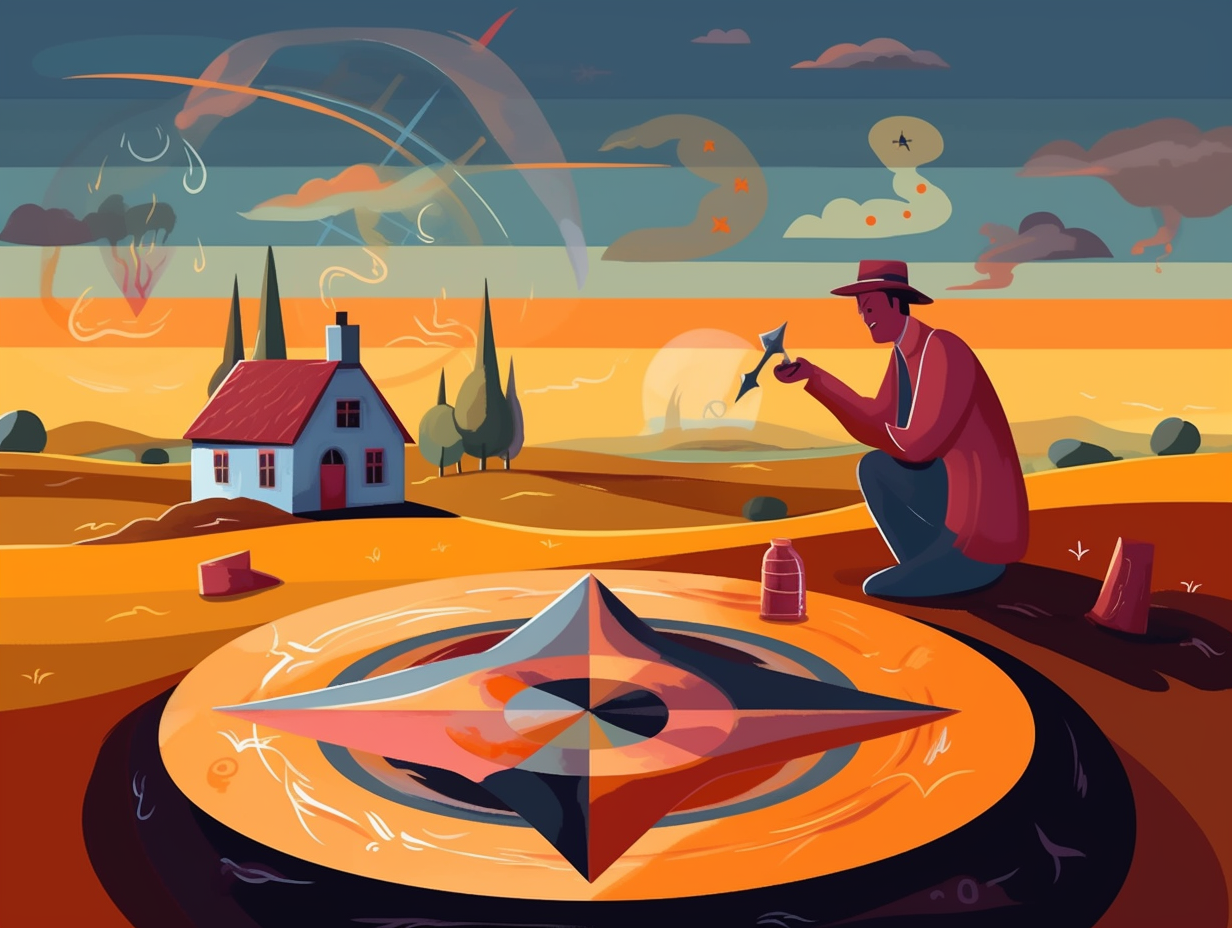
Discover the world's first portable timekeeping device created by ancient Egyptians around 1500 BCE. This trendy throwback accessory paved the way for modern timekeeping innovations! 🌞⏳⌛
=> Fun Facts about Sundials
3. Magnetic North Pole's Rebellious Phase
Did you hear about the magnetic north pole's rebellious phase? It just refuses to stay put and loves to wander: In fact, since 1800, the westerly declination has steadily decreased from around 24 degrees to about seven degrees, leaving hardworking mariners scratching their heads as they navigate using their trusty compasses.
Source => irishtimes.com
4. Halley's Liquid-Filled Compass
Before setting sail with a tipsy compass, remember it wasn't designed to wobble like a drunken sailor: In 1691, Edmond Halley introduced a liquid-filled magnetic compass to dampen the needle's swing and increase its accuracy, making maritime navigation less of a swashbuckling adventure and more of a smooth voyage.
Source => en.wikipedia.org

5. WWII Compass Heroes
Before compasses were pointing us to the North Pole to find Santa's workshop, they were pointing soldiers to victory in the Great War: The Verner's Pattern Mk. VIII prismatic compass became the go-to navigation tool for most of the British Commonwealth forces and the US military during World War I, while the mirror sighting compass, despite being highly accurate, remained the unsung hero, finding favor primarily among North American outdoor adventurers.
Source => thejungleisneutral.wordpress.com
6. Compass Meets Magic Opposites
Hold on to your compass, Columbus, we're not in Kansas anymore: Magnetic compasses technically point to the magnetic poles rather than the geographic north pole, where bafflingly, the magnetic pole near the geographic north pole is actually the south magnetic pole! Why the topsy-turvy confusion? Because in the magical world of magnetism, opposites attract - much like in a classic rom-com - and the magnetic field lines of the earth flow from south to north cheerfully flipping the script.
Source => wtamu.edu
7. Earth's Magnetic Flipside
Why did the compass get an existential crisis? Because Earth's magnetic field has a flipping problem: The planet's magnetic poles occasionally reverse over hundreds to thousands of years, with the last reversal happening 780,000 years ago, and some events potentially occurring in just a single year. However, fret not, compass enthusiasts, for recalibration will keep our trusty navigators on track!
Source => usgs.gov
8. Galileo's Feng Shui Adventure
Rumor has it Galileo once dabbled in interior design, trying to perfect the feng shui of 17th-century academia: the truth is, he simply improved the compass by adding a sighting device for better navigation and revolutionized the realms of physics, astronomy, cosmology, mathematics, and philosophy – just your average modern science pioneer!
Source => history.com
9. Disoriented Planetary Dance
Feeling off-kilter? It's not just you – it's the whole planet! As the Earth's magnetic field continues its planetary game of "Red Rover," compasses are finding themselves a tad bit disoriented too: The shift in the magnetic poles has rendered compasses up to 10 degrees off in places like Washington D.C., causing the aviation and marine industries to spend millions on upgrading navigational technology, and even sending America's beloved aurora borealis packing its bags for a journey northward.
Source => foxnews.com
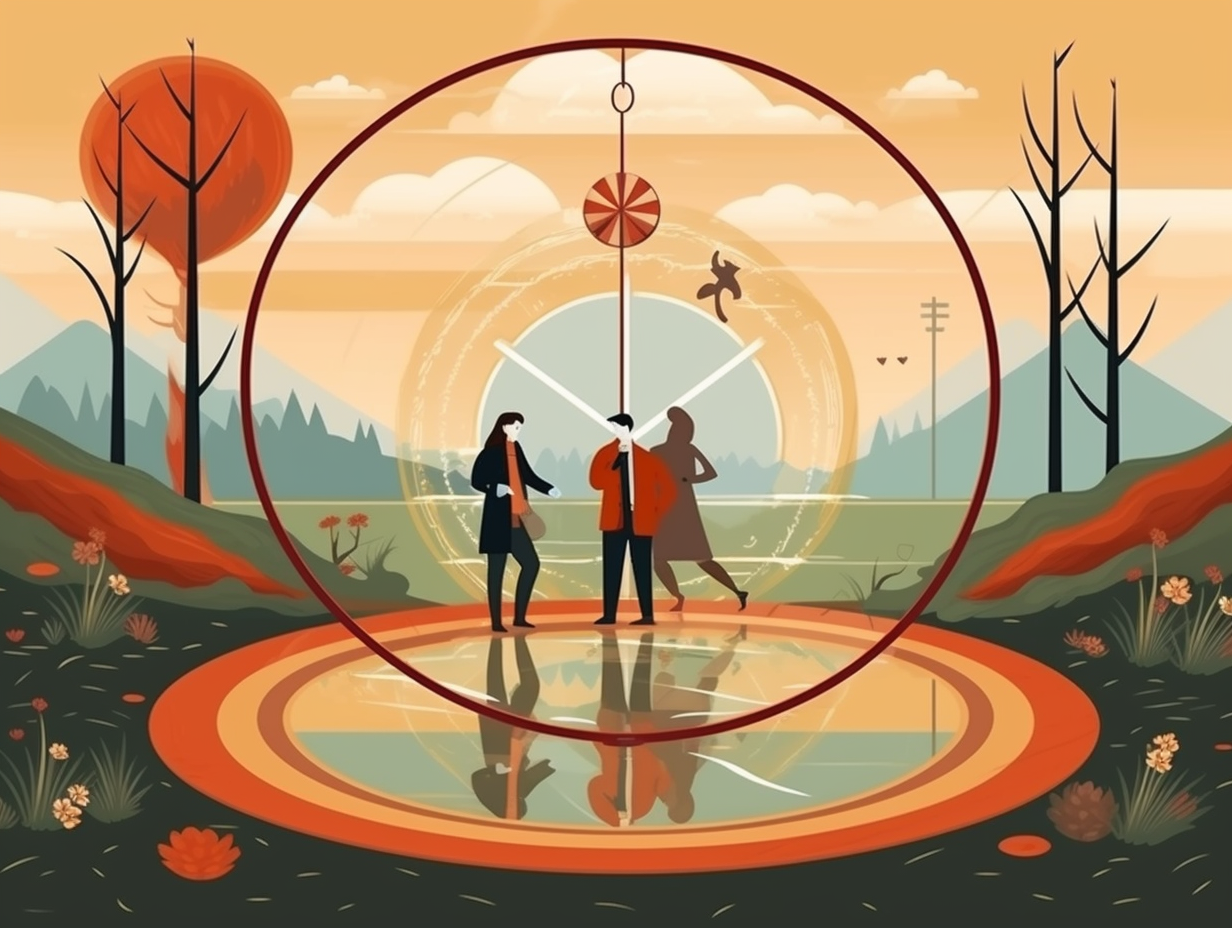
10. Sneaky Magnetic Declination
Navigating the treacherous waters of adolescence is challenging enough, and yet, Mother Nature has a sneaky way of making our earthly compasses a little more confusing: magnetic declination! The sly discrepancy between magnetic north (compass needle’s desire) and true north (the globe's crown) varies up to 20 degrees in either direction across the continental U.S. To avoid an off-course expedition, be sure to check the National Oceanic and Atmospheric Administration (NOAA) website for updates on your area's magnetic declination.
Source => rei.com
11. Pilots and the Cone of Confusion
When navigating the skies, pilots have to deal with a perplexing paradox known as the “cone of confusion” – sounds like a mind-bending trick from a Harry Potter novel, right? But it's no magic: In aviation, this term refers to a zone of indeterminism over a navigation beacon, like a VOR, where the receiver can't clearly indicate the direction to the beacon, causing the display to spin around erratically. It can also occur when flying over a magnetic pole, messing up a compass, and potentially leading pilots to completely lose their bearings.
Source => en.wiktionary.org
12. Geometric Superhero Sidekick
Much like a dependable sidekick to a math superhero, the compass is always there to keep geometry in line – drawing perfect circles and arcs to save the day: The trusty compass not only comes to the rescue in drafting circles and arcs, but it also flexes its superpowers in bisecting lines and angles, finding midpoints, and measuring precise distances on maps with geometric precision.
Source => cuemath.com
Related Fun Facts

